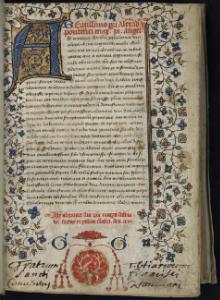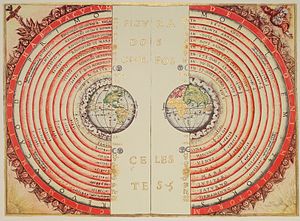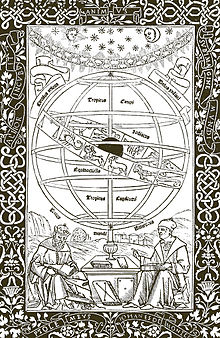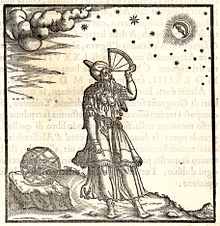Astrology, as we know it today, has its roots in ancient times. Western astrology, in particular, can trace its roots back to Babylonian times. One of the most well-remembered astrologers of the old times is Ptolemy. Ptolemy’s Principles Of Astrology definitions of the basics of astrology are still in use by astrologers today and Western astrologers in particular.
Ptolemy
Ptolemy or Claudius Ptolemy was an accomplished astronomer and mathematician who lived in the 2nd century AD. He was a Roman citizen of Greek descent and is famous for his mathematical model of the universe. The Almagest and Planetary Hypotheses record his work. The Tertabiblos is the work on Ptolemy’s Principles Of Astrology. They are the source of the theories of classical astrology and the individual components of a horoscope that are still in use. Ptolemy also produced a work called Geographia or Geography. This had the geographical coordinates of all the parts of the word known to the Romans at that time.

Ptolemy’s Theory
Ptolemy’s theory is similar to the thought process of the time which was geocentric. At that time people believed that the earth was stationary and all the other heavenly bodies travelled around the earth. While the astronomers of the time were of the belief that these heavenly bodies had perfectly circular paths around the earth, Ptolemy’s theory differed.

Ptolemy’s model said that the apparently irregular movements were a combination of circular motions that appeared irregular when viewed from the stationary earth. This principle was not entirely new. It has been recorded by Greek scientists such as the mathematician Hipparchus. However, Ptolemy’s model was an accurate predictive model. His work continued to be in use until the 16th and 17th centuries when the scientific community slowly began to stop thinking of the Earth as the centre of the universe. Kepler’s laws of planetary motion and the Copernican system finally replaced the Ptolemaic model.
Ptolemy’s Model – Eccentric Motion
Ptolemy’s model successfully explained why a planet appeared to be moving slowly when far from the Earth (apogee) and the appeared to be at its fastest when nearest to the Earth (perigee). It also explained why the planet appeared to be moving with a retrograde motion after reaching its perigee. He theorised that if the Earth was the centre and if a body was moving at a steady speed in a circular path it would always be at equal angles at equal times when viewed from the Earth. But, displacing the centre of the path from the Earth showed how the heavenly bodies were at equal angles at unequal times.

Ptolemy’s Model – Epicycle, Deferent and Equant
Ptolemy combined eccentric motion with an epicycle model to explain the planetary movements. Ptolemy’s Principles Of Astrology theorised that the planets move around a circular path called the epicycle. The centre of this epicycle is in motion around the earth along a larger circular path called the deferent. Because these two paths were running together at some points in time the path of the epicycle would run counter to the path of the deferent, thereby causing the planet to appear to be slowing down or retrograding. He further defined a point called the equant. This is the point from which the deferent also swept out at equal angles. Ptolemy defined the centre for the deferent as halfway between the equant and the Earth.
Tetrabiblos – Ptolemy’s Principles Of Astrology

Tetrabiblos translates into four books. It is a work on Ptolemy’s Principles Of Astrology that explains the basics of astrology in four chapters; the zodiac signs, the planets, the houses and the major aspects. The meanings and definitions of these four parts of a horoscope have remained unchanged since they were written by Ptolemy. The planets used in Ptolemy’s time were the ones visible to the naked eye. They are the planets till Saturn. It was only after astronomers started using telescopes and binoculars that the other outer planets were discovered and started being used in astronomy and astrology.

Ptolemy’s Principles Of Astrology – House System
Ptolemy used the equal house system that divides the houses into 30 degrees each from the ascendant. In present times the Placidus house system is in use. It is named after Placidus de Titis (1603–1668).
Ptolemy’s Principles Of Astrology – Aspects
The Tetrabiblos defines the five major aspects still used today. They are the opposition, conjunction, trine, square and sextile. The original definitions of the five major aspects as stated by Ptolemy have stood the test of time and hold good even today. They are still the most important aspects that are studied in a horoscope.













